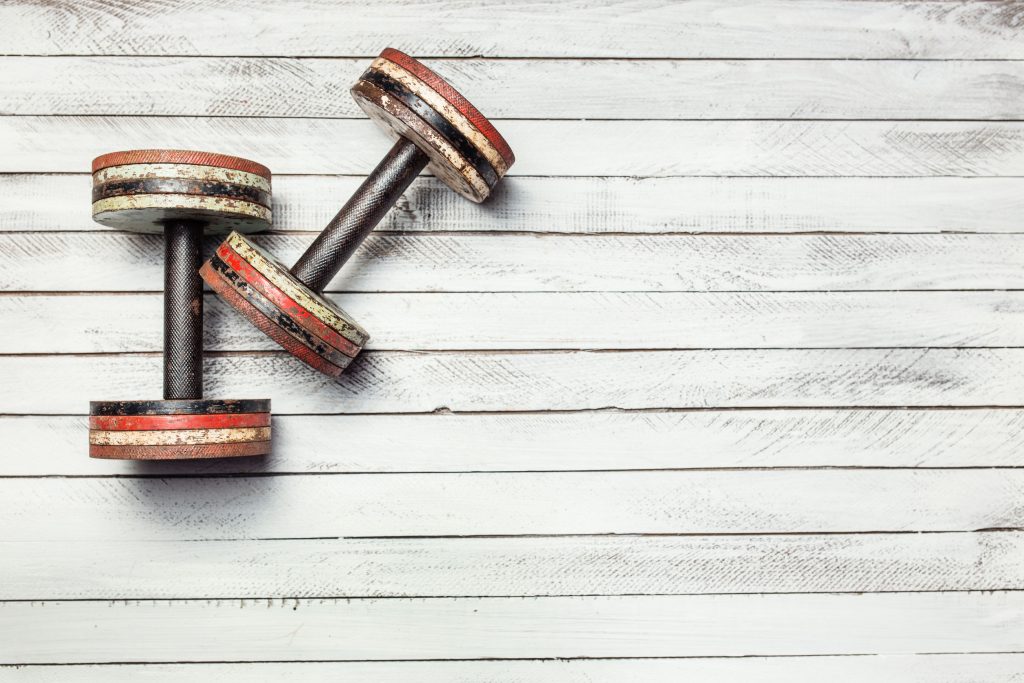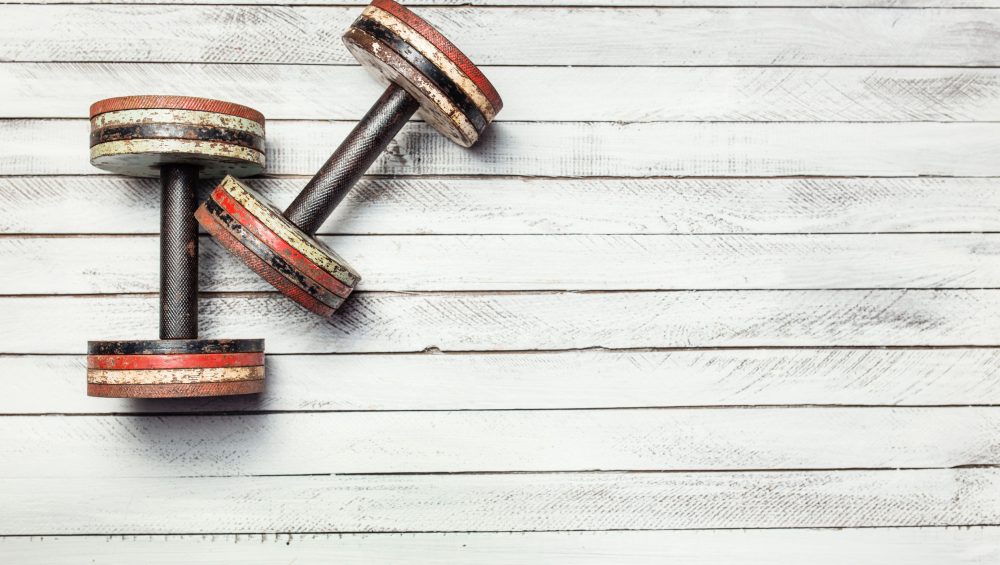It’s been a few weeks since I’ve graced the internet with a new (to you) exercise, so lets jump in:

Any bench-pressing variation can be a double-edged sword. On one hand the advantages are numerous:
- Builds upper body strength.
- Pecification of pecs.
- And that’s pretty much it.
So maybe not as numerous as I thought. But there’s no denying the importance of horizontal pressing movements (barbells, dumbbells, people, etc) with regards to building and developing a well-rounded physique and/or athlete.
To their detriment, however, some people take the “well-rounded physique” idea to the extreme and often perform waaaaaaaaaay more pressing movements compared to anything else. Just walk into any commercial gym (literally, any one, just pick), and try sit there for more than five minutes and not see someone start to bench press.
It’s impossible.1
As a result we often see an uptick in shoulder ouchies due to muscular imbalances (over-developed pecs compared to under-developed upper back muscles) and wonky scapular mechanics.
The latter is not an absolute: You’ll often find shoulder blades that are “glued” together or stuck in downward rotation in people who bench a lot. This is good thing in that you WANT the shoulders to be retracted and depressed in order to move a lot of weight.
It can be bad in that you still should be able to “access” upward rotation, protraction, and all the other motions the scapulae are designed to perform in order to keep the shoulders healthy.
Unfortunately, this isn’t the case for many people.
Off-Bench DB Press
Who Did I Steal It From: Vin Diesel.2
What Does It Do: Pressing variations involving a bench are open chain and don’t allow the shoulder blades to move. As noted above: this is fine. In order to heave a significant weight off your chest you need to set a stable base. And in order to do so it’s crucial to retract and depress the shoulder blades.
The thing is, over time, this can produce less than stellar scapular mechanics and result in shoulder pain or discomfort.
The scapulae (shoulder blades) need to be able to move.
This variation allows such a thing to happen.
Not only is the shoulder blade now able to move through a more diverse ROM, but this exercise, too, is a great rotary stability exercise (you have to fire your core musculature to maintain a straight torso as to not fall off the bench) in addition to nudging a bit more glute activation.
Key Coaching Cues: There’s not much to it. Lie on bench and scoot over to one side or the other so that the shoulder blade of the pressing arm is off the bench.
And then, you press.
Try to avoid lowering the DB so low that your shoulder “rolls” forward. Also, I like to cue a bit of a PLUS or protraction movement at the top.
Bonus Tip: Make a fist with your free hand to aid in developing even more full-body tension.
Perform 8-12 repetitions and then switch.
Wrap Up
Will this movement help you press 300 lbs? No.
But it will help keep your shoulders healthy in the long-run, and I see no harm in peppering it into programs sporadically just to remind trainees/athletes that it’s okay to let their shoulder blades move and breath a little bit.
Moreover, you know and I know that when someone’s shoulder hurts and you tell someone to stop pressing, that they’re likely going to be an a-hole an press anyways. At least with this variation you can help keep them sane and still press while addressing all the other things they may need to be working on to solve the issue(s).




